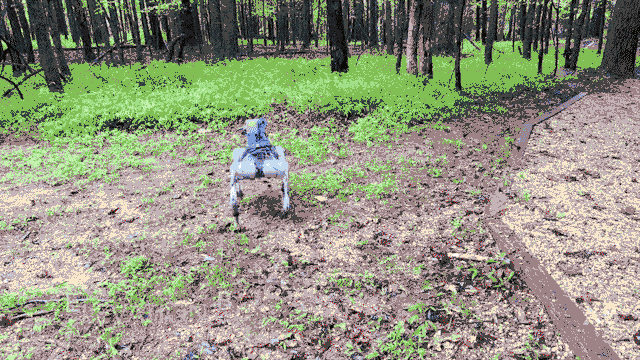Robots with instincts
Robots with instincts
.gif)
This innovation can change everything in field robotics
It's like having more than five senses
Follow my publications with the latest in artificial intelligence, robotics and technology.
If you like to read about science, health and how to improve your life with science, I invite you to go to the previous publications.
If you like to read about science, health and how to improve your life with science, I invite you to go to the previous publications.